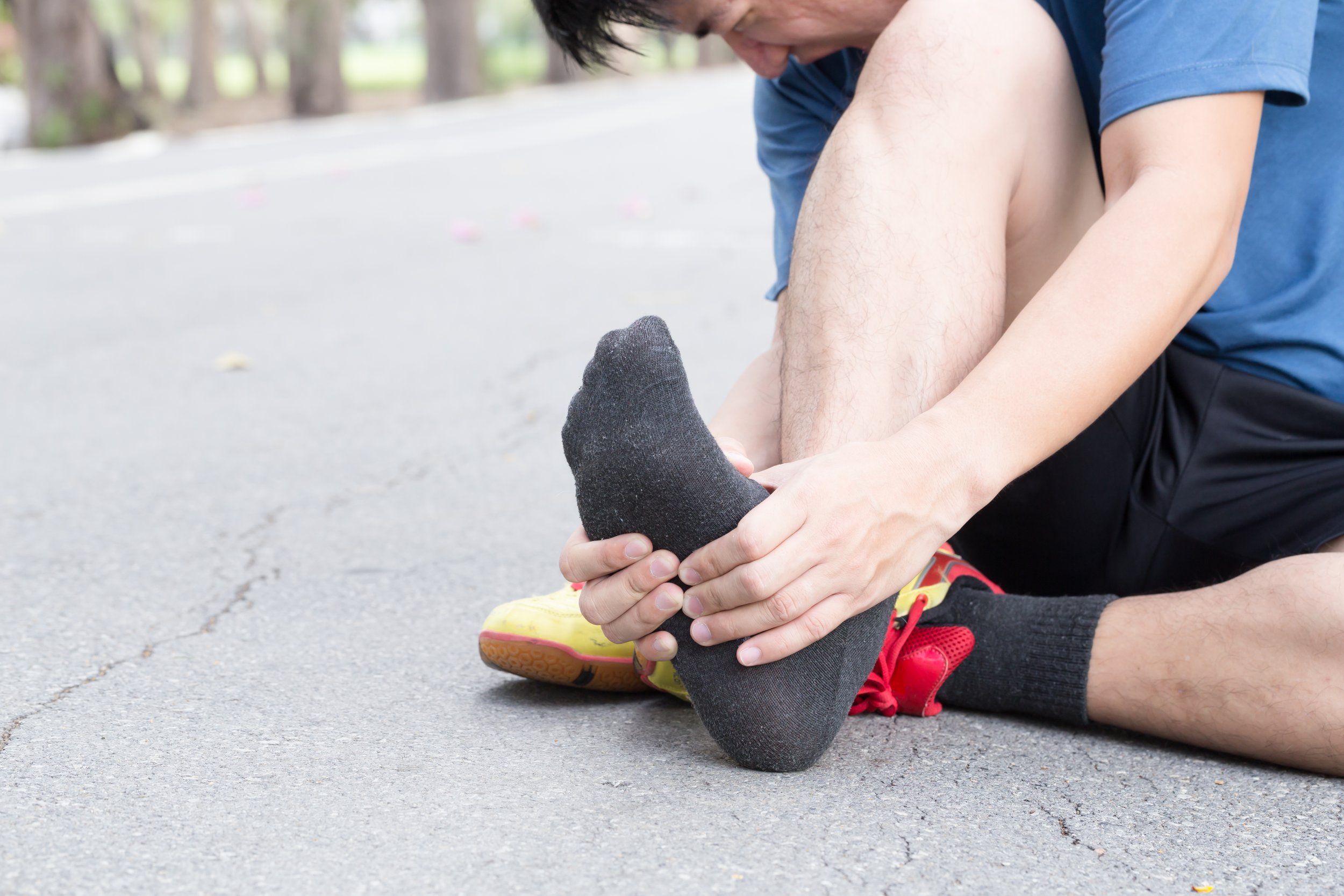
Comprehensive Guide to Arthrosurface Joint Replacement
Arthrosurface joint replacement from expert podiatrists in Woodbury Heights, Haddon Heights, Voorhees, & Pine Hill, NJ
Arthrosurface is a small, metal, cap-like implant used to cover damaged or missing articular cartilage in individuals with great toe arthritis. With this, patients can be back in regular shoes ten days after the procedure.
Because patients with great toe arthritis or other forms of osteoarthritis experience a loss of cartilage covering their joints, pain and tenderness can be severe. This arthroscopic procedure replaces this cartilage, allowing the ends of the joints to move smoothly over one another.
While it isn't minimally invasive, the metal partial joint replacement does have a quicker recovery time than other great toe surgeries. Moreover, the implant is made of titanium, so once fitted, it should last for a significant time.
Struggling with osteoarthritis? Our Podiatrists can repair the damage with Arthrosurface.
What is Osteoarthritis?
It is the most common form of arthritis in the United States. It is a degenerative joint disorder described as "wear and tear" of the joint cartilage. Patients most commonly complain of pain or aching, stiffness, joint swelling, and decreased range of motion.
It's most frequently seen in older adults aged 50 and over. While osteoarthritis can occur in any joint, it commonly affects the hands, knees, hips, and spine. In the feet, great toe arthritis is most likely — known as hallux rigidus.
Previously, the options for treating great toe arthritis were limited due to the joint's size. However, more recent innovations mean that fusion of the joint is no longer the sole option.
When is Arthrosurface Joint Replacement Recommended?
This procedure is reserved for the most severe disease cases. Your podiatrist will first try conservative treatments (physical therapy, corticosteroid injections, exercise, etc.). If the condition continues to progress, removal of bone spurs may be needed. Podiatrists grade great toe arthritis on a scale from level 0 to level 4:
Level 0: Normal joint, some damage to the cartilage
Level 1: Mild bone spur formation, but with no narrowing of the joint space
Level 2: Moderate bone spur formation, some narrowing of the joint
Level 3: Severe bone spur formation, narrowing of the joint, some obliteration of the joint
Level 4: Severe bone spur formation, complete joint obliteration
Arthrosurface joint replacement is typically indicated from level 2 upwards — depending on the podiatrist's evaluation of your condition. Sometimes, removing the bone spurs alone is the best option, and other joint replacement offers the greatest improvement in function.
What should you expect from this procedure?
The foot is cleaned and sterilized, and anesthesia is administered before performing the replacement. An incision is then made along the top of the foot to expose the joint.
After threading a guidewire into position, the metal cap is screwed into the bone.
If necessary, the bony outgrowths at the articular surface's margin are removed to improve the freedom of motion.
Following the procedure, patients can feel immediate relief, and normal function should return within a few days to just over a week.
What are the Arthrosurface Repair Benefits?
It is a tried and tested procedure that radically improves patients' pain and mobility. So far, around 40,000 patients have received a joint replacement in their knee, shoulder, ankle, foot, or hip with minimal side effects.
Moreover, this procedure allows more natural bone to be saved than conventional procedures. If further treatment is needed, it ensures other options remain on the table.
Perhaps the greatest benefit of joint replacement is the surface itself. Designed to glide smoothly over the surface of adjacent cartilage and bone, such Arthrosurface joint replacements are among the most advanced implants currently available.

Frequently Asked Questions
-
We expect patients to fully recover within two weeks of the procedure, regaining function they may not have felt for years or even decades.
Most patients will experience benefits from the moment the operation is complete. Alongside physical therapy, a near-complete return of function is not unusual.
-
The incision for Arthrosurface joint replacement is as small as necessary. It goes along the top of the foot at the base of the big toe.
While the incision is larger than some procedures, it is still relatively small and does not carry a significant infection risk.
-
That depends. Some insurance providers will cover the repair. However, you'll need to speak to the insurance company to discuss if this option is covered under your plan.





